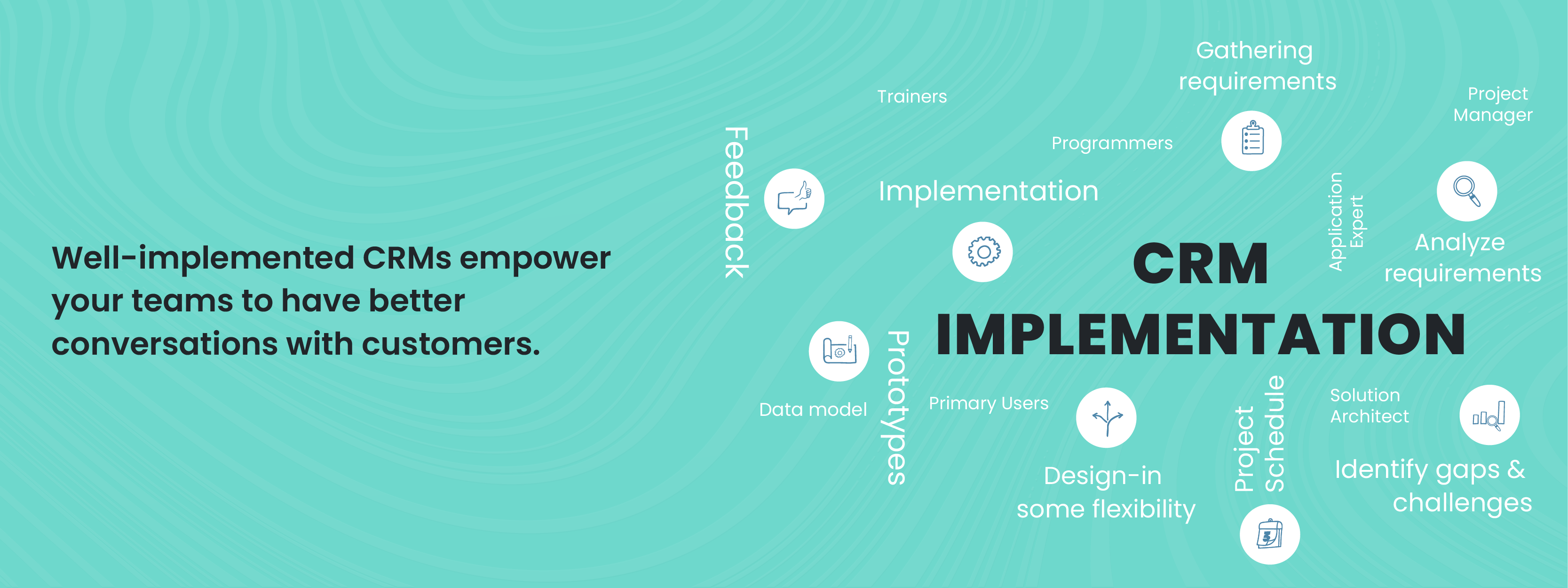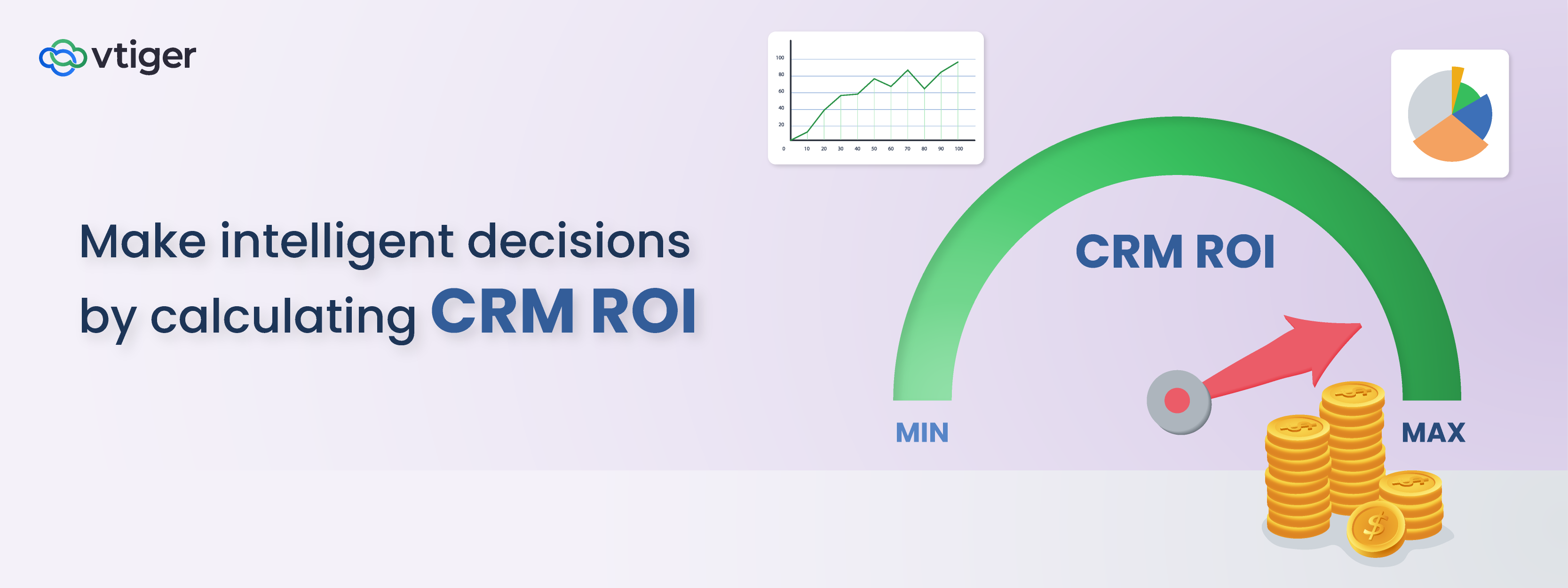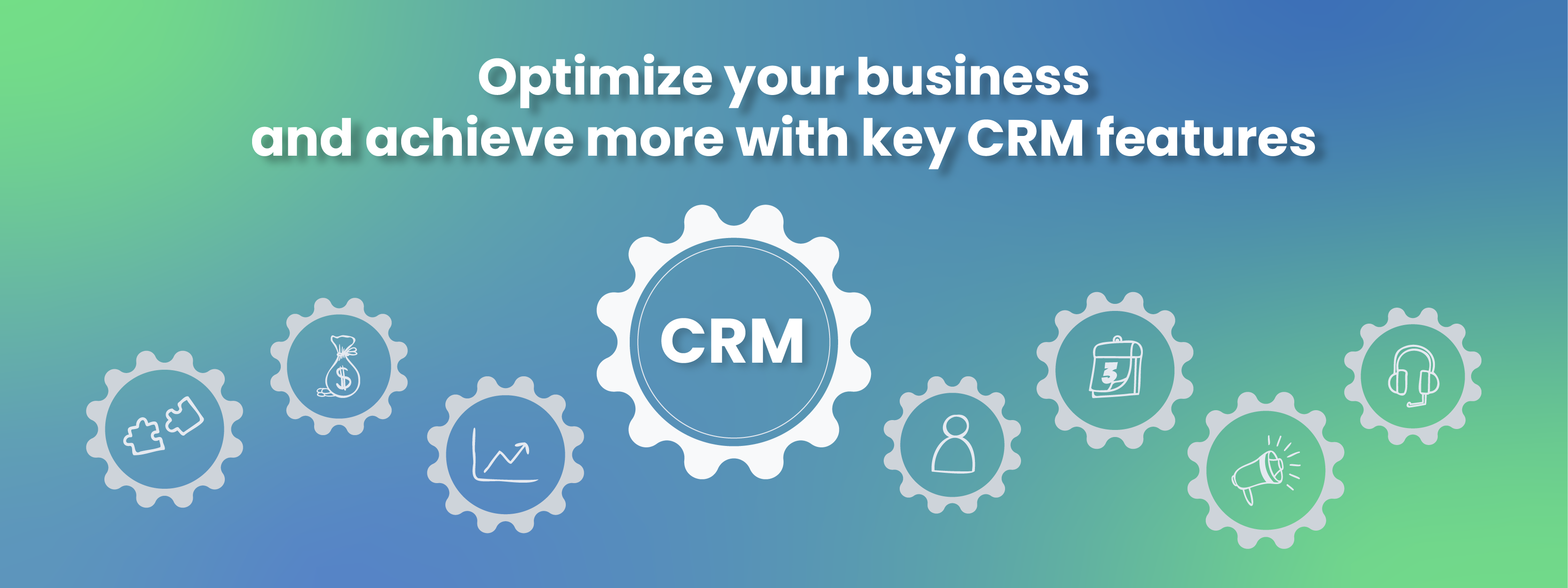A well-implemented CRM can empower Marketing, Sales, and Customer Service teams to have better conversations with customers. It will improve sales and customer satisfaction. However, choosing a CRM is only half the job done. Implementing it well is equally important.
CRM/ERP implementations, including on industry-leading platforms, have a high failure rate 1.
While there are many causes for such a failure, the three most common elements are poorly defined requirements, and lack of involvement from key stakeholders during the implementation.
Well-defined Requirements
Of the many causes of failure, the hardest to surmount is the lack of well-defined requirements. In the article, the Hardest thing about Engineering is Requirements, 2 the author, Jay, explains why capturing requirements is hard.
Foremost is the communication challenge between technical and business teams. Designers and engineers want crisp requirements so that they can roll up their sleeves to implement desired flows and build a solution that is optimized to perform best for the stated use cases.
But, business users are either unable to or don’t have the time to write down use cases. They are unable to because new use cases or gaps in requirements only get uncovered when they see a working solution.
Michael Lewis captured this wonderfully in the Six Levels Down episode 3 of his podcast (Against the Rules podcast). He shares how getting to the expert who knows requirements (or business rules) was the key to helping Athena Health become a Billion dollar software company. The experts are usually the actual users (6 levels down in the hierarchy) and not the ones in the boardroom. If you only have 5 minutes, I would suggest listening from the 30 to 35-minute mark of the episode.
Here are the key takeaways:
Capture your requirements in written form.
- Talk to the actual users. Document their requirements. What do they want from the software? What actions do they want to perform? What information do they need?
- In our own experience, we have found that good brainstorming sessions can bring out many scenarios that can be captured in requirements.
- Require key stakeholders to sign off on the requirements. While this might add delay, this will also force users to think it through. It is faster to correct the course at the beginning rather than after a solution is implemented and developed.
Analyze requirements, identify gaps, and update.
Implementation experts and developers should be aware that requirements will have gaps. They should be good at identifying gaps and getting clarifications before they even attempt the implementation.
Design-in some flexibility.
Designers and Developers should allow configurable templates, rules, alerts, reports, and flows.
Get early feedback by demonstrating prototypes
- Prototype reviews are an early feedback system that will alert to gaps and errors.
- Feedback will save time since the recourse will require less effort compared to getting feedback after a solution is fully implemented.
Identifying key roles and responsibilities
To ensure that implementation and rollout are done well, you also need the people in the key roles to be involved in the project. Defining roles and responsibilities help in:
- Increasing operational efficiency.
- Creating transparency.
- Reducing confusion and conflict.
So what are the key roles required for a CRM implementation?
Primary User’s Representatives: Sales Staff/Support Staff/Marketing Staff
- Share key actions and challenges to help frame requirements
- Analyze requirements
- Give feedback on prototypes
- Review user manuals and training material
C-Suite: Sales leaders, Management
- Share the key challenges and desired reports
- Inspire buy-in by the users
Business Analyst + Technical Architect: Process and Solution Expert who is aware of best practices
- Meet primary users and C-suite members to collect the business flows desired by primary users
- Identify challenges
- Identify automation opportunities
- Identify alerts
- Develop and publish the requirements document
CRM Application Expert: The product has many features and knowing someone who is aware of all the features is important.
- Help design the solution in an optimal way
- Setup the CRM
- Data model
- Configure automation rules
- Support users after going live
Project Manager
- Prepare Project Schedule
- Daily or Weekly updates and escalations
- Ensure the stakeholders are in sync on the approach and flows. Forewarn if there are gaps and address them before they become issues
- Ensure dependencies are cleared. This is more critical when CRM has to integrate with other solutions
Developer/Programmer
- Review requirements, share the best design approaches, and finalize after consultation with BA and CRM Experts. Communicate the pros/cons of different approaches
- Design in flexibility wherever possible to allow business users to make changes in the implemented flows
Trainers
- CRM rollout requires a change in the habits of the users. Without good training, users will switch back to old ways
- Follow-through to review usage and retrain
- Conduct training programs frequently (at least 3 to 4 times in the first three months)
- Provide cheat sheets for the most common actions
You might also see that in some cases, a person might be performing more than one of the above roles. That person should have time to fulfill the obligations of each role.
Defining these key roles and related responsibilities will help with task delegation, collaboration, goal setting, and task completion. Ensure you give enough thought to defining roles to ensure an effective CRM roll-out.
If you want your CRM implementation to be successful, ensure you give importance to:
- Gathering requirements
- Identifying key roles
- Alining responsibilities with the roles
——————————————————————————————————————————
References
1 – https://www.salesforce.com/in/hub/crm/why-do-crm-projects-fail/
2 – https://blog.devgenius.io/the-hardest-thing-about-engineering-is-requirements-28a6a70c4db4
3 – https://www.pushkin.fm/episode/six-levels-down/



